- Home
- Traveller guides
- Dublin’s most unique places to stay
12 unique places to stay in Dublin

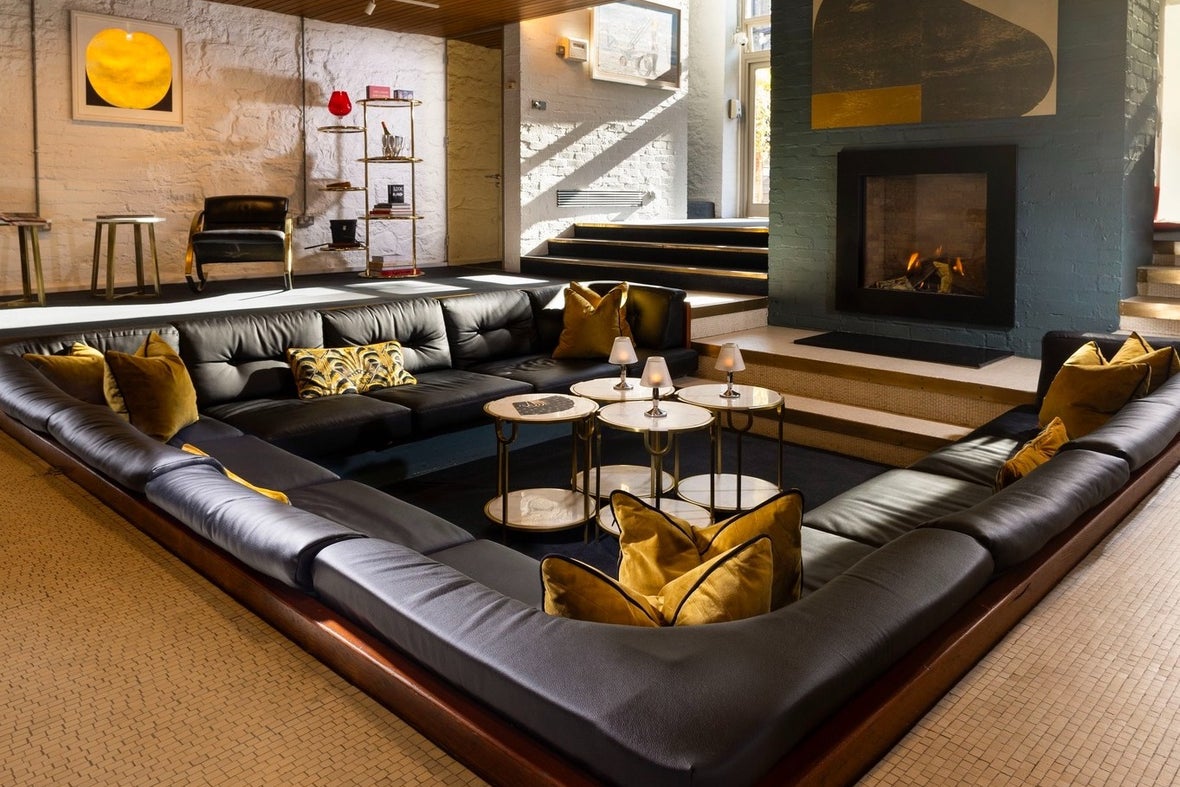
Take a walk around Dublin, and you’ll come across plenty of interesting buildings.
But these aren’t just limited to private homes and public buildings. Some of Dublin’s quirkiest spaces have been converted into unique places to stay, so you can spend the night in a Napoleonic tower by the sea, or in an ancient castle in the heart of a lovely suburb. Whether you want to stay in a Victorian schoolhouse, or sleep in the former home of one of Ireland’s best known architects, there’s something here to tickle your fancy.
For a break that’s a bit out of the ordinary, check into one of these unique accommodations.
- 1.
- 2.
- 3.
- 4.
- 5.
- 6.
- 7.
- 8.
- 9.
- 10.
- 11.
- 12.
Schoolhouse Hotel
Originally a Victorian school (you can still see the old sign carved into the wall by the door), this charming building in Ballsbridge became the Schoolhouse Hotel in 1998. It’s been a while since the school bell rang, but the bones of the building remain, with redbrick turrets, tall chimney stacks and arched doorways. And it’s just as impressive inside – there’s a vaulted ceiling in the main bar area and the giant original fireplaces keep everything toasty on chilly days. There are 31 bedrooms, with quirky design features like vintage rotary telephones and repurposed school desks – you can even stay in the old Headmaster’s Room, the only suite that was originally a bedroom in the schoolhouse.
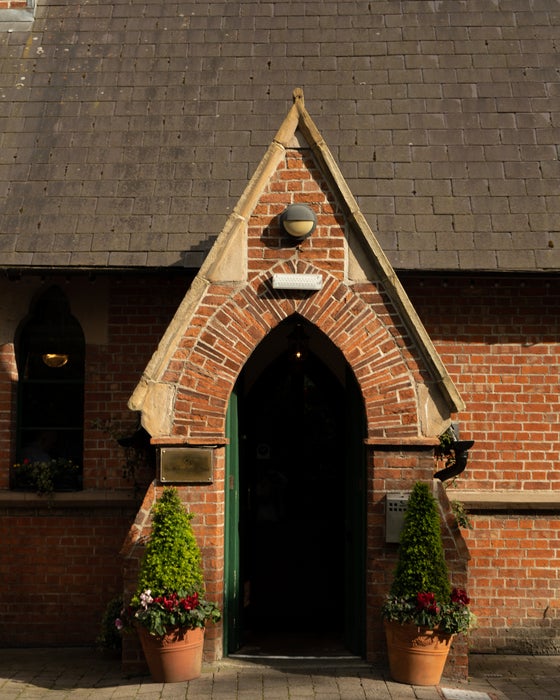

Merrion Mews
There aren’t many places in the city where you wake up in the morning to the clip-clop of horses passing by your bedroom window. But that just may happen at Merrion Mews, a renovated coachman’s cottage set over the working stables of the Mounted Unit of An Garda Síochána. This self-catering property on Fitzwilliam Lane (run by the Irish Landmark Trust) dates back to the 1790s, with beautiful antique touches throughout like writing desks, a rolltop bath and an open fireplace in the living room. While you’re right in the heart of the city, the space is quiet and peaceful, with great views of the neighbouring Georgian buildings, and it sleeps up to six people.
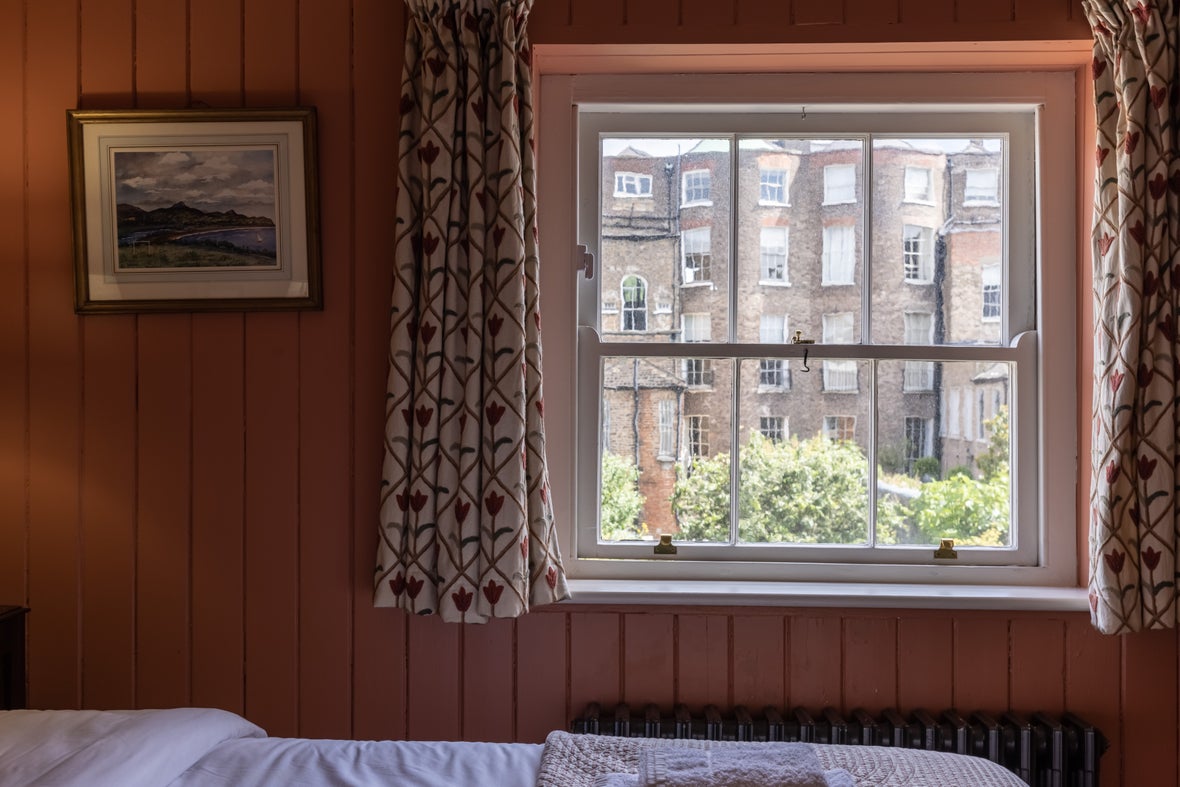
Clontarf Castle
Fancy spending the night in a real life fortress? Well, you can do just that at Clontarf Castle, a 15-minute drive from the city centre. The original structure dates back to 1837, though the story of the estate has its roots in the 12th century. Today, you can still see some of those original features, like the crenelated tower outside and the brickwork in the lobby, where there’s also a suit of armour on display. In the rooms, you might find a four poster bed draped with thick jacquard fabric or hand painted wallpaper, but there’s also a strong medieval theme to the Knights Bar, with giant stone fireplaces and ornate chandeliers.
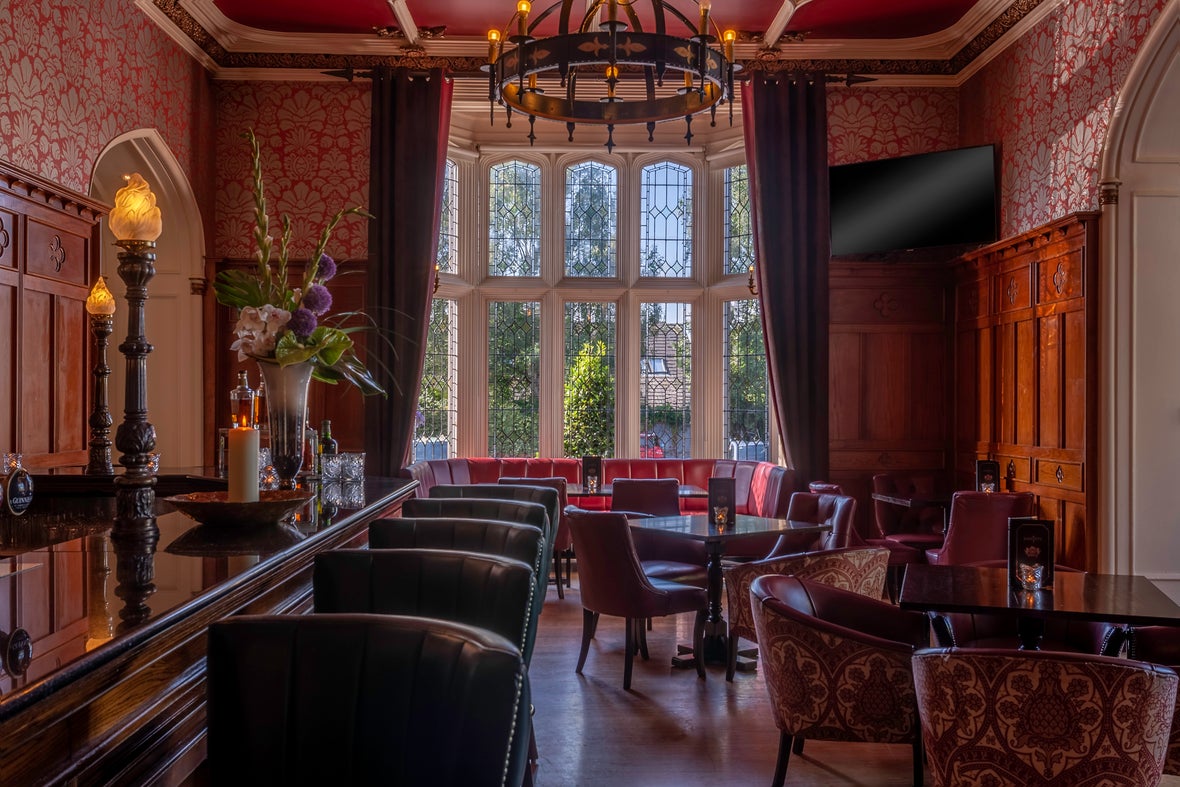
The Shelbourne
Dublin’s grand dame is 200 years old in 2024, and there’s a lot of history within The Shelbourne’s walls. After all, this is a place where women enjoyed afternoon tea as the bullets from the Easter Rising flew nearby, and where the Constitution of the Irish Free State was signed in 1922 (Michael Collins’ chair is still in what’s now known as the Constitution Room).
Over the years, many famous faces have stayed in the hotel, from Charlie Chaplin and Greta Garbo to JFK and Princess Grace of Monaco, whose favoured suite now bears her name. Sip on a cocktail in the Horseshoe Bar and you will be following in the footsteps of many a literary legend – Brendan Behan, Seamus Heaney and Brian Friel have all propped up at the bar. The hotel even has its very own ghost, a girl called Mary Masters, who spooked actress Lily Collins so much that she recounted the tale on The Tonight Show with Jimmy Fallon.
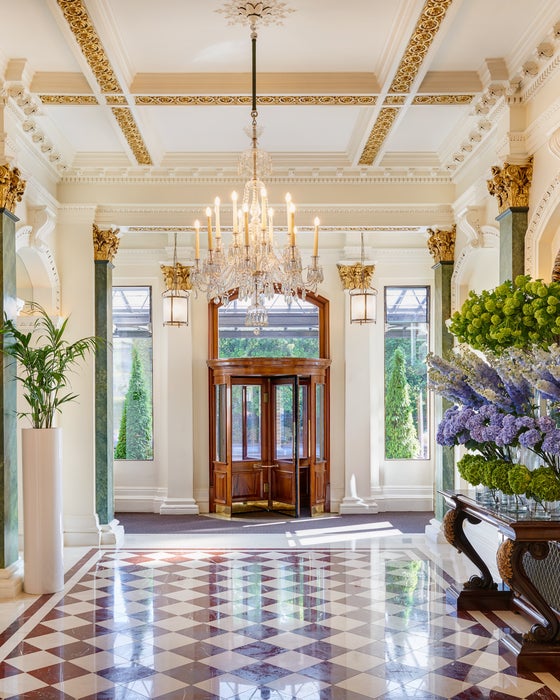

Hard Rock Hotel
Look at it from the outside, and the Hard Rock Hotel seems like a classic slice of Dublin architecture, with red brick walls, curved windows and ornate carvings on the façade. But inside, it’s a little bit rock and roll. As well as the musical memorabilia in the lobby, like Kurt Cobain’s jumper and a guitar signed by U2, there are cool bits of gear to borrow in the rooms, like Crosley turntables and vinyl records, as well as Fender guitars with amps and headphones (so your neighbours don’t need to listen to your attempts to play "Smoke on the Water"). For something a little more zen, you can borrow yoga mats and take free video classes in your room.
Number 31
There are no shortage of Georgian townhouses in Dublin, but Number 31 is one of the more interesting. This boutique hotel combines classic Georgian stylings with a mews property at the back, which was the home of modernist architect Sam Stephenson in the 1970s. He designed the place to be something of a party house, with a sunken lounge for entertaining artists and politicians after closing time – apparently Henry Kissinger once enjoyed an evening of cocktails here. The lounge is still in action for evening drinks or a more subdued daytime hang out, and you can also stay in Sam’s Room, the architect’s own bedroom with modernist lines and a blue mosaic bathroom.
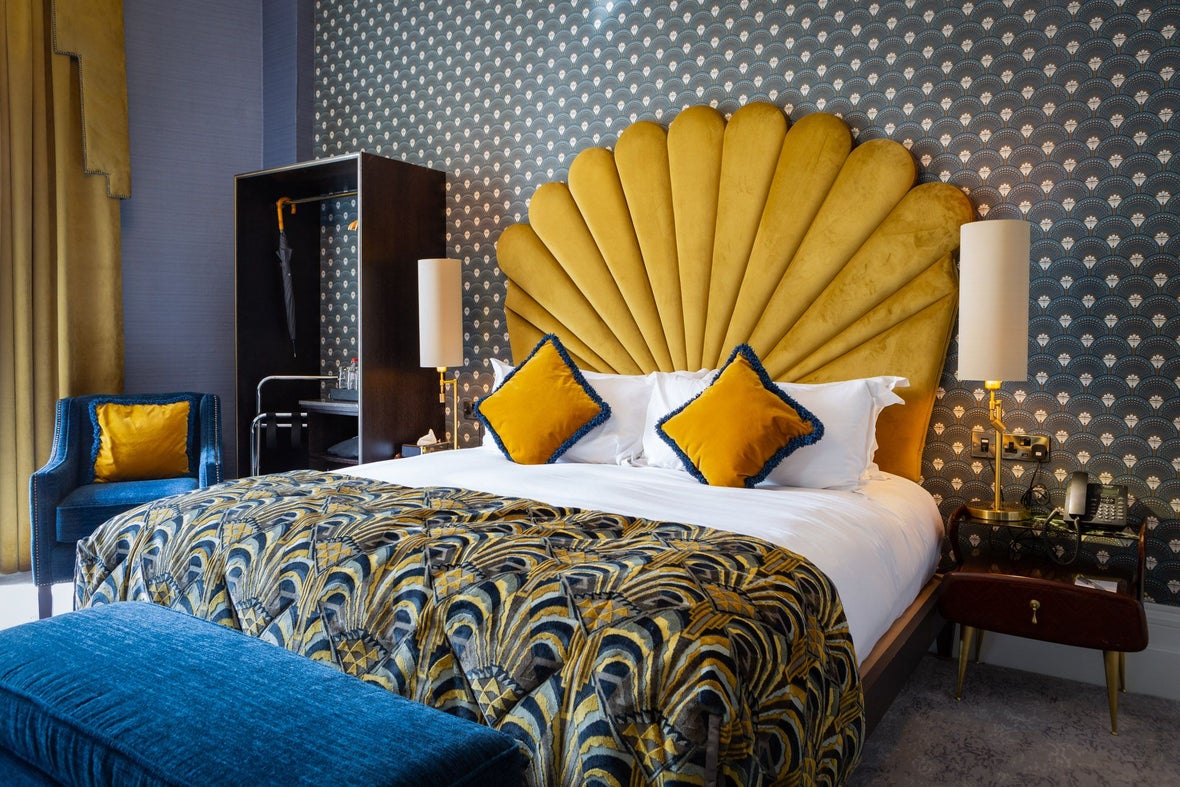
The Merrion
You may know it as one of the city’s swishest hotels, but The Merrion has long been a gathering point for nobility – it was the birthplace of Arthur Wellesley, the 1st Duke of Wellington. The hotel spans four Grade I-listed Georgian townhouses, and you can still see distinct architectural differences between the buildings, like the intricate rococo plasterwork in what was number 21 and the more neo-classical style of number 22. The hotel also holds a vast private collection of 19th and 20th century art, and guests can take a self-guided audio tour of the works. The hotel is also home to Restaurant Patrick Guilbaud, a fine dining spot with two Michelin stars that specialises in contemporary Irish cuisine with strong classical French roots.


Martello Tower Sutton
There are 21 Martello towers dotted along the Dublin coastline, but only one you can sleep in. Martello Tower Sutton is a self-catering property in Red Rock, with fantastic sea views from the living room on the top floor or, even better, the balcony terrace that wraps around the stone tower. If you want to get cosy, the rooms downstairs have a more medieval feel thanks to the three-metre-thick walls, and there’s an open fireplace in the living room, too.
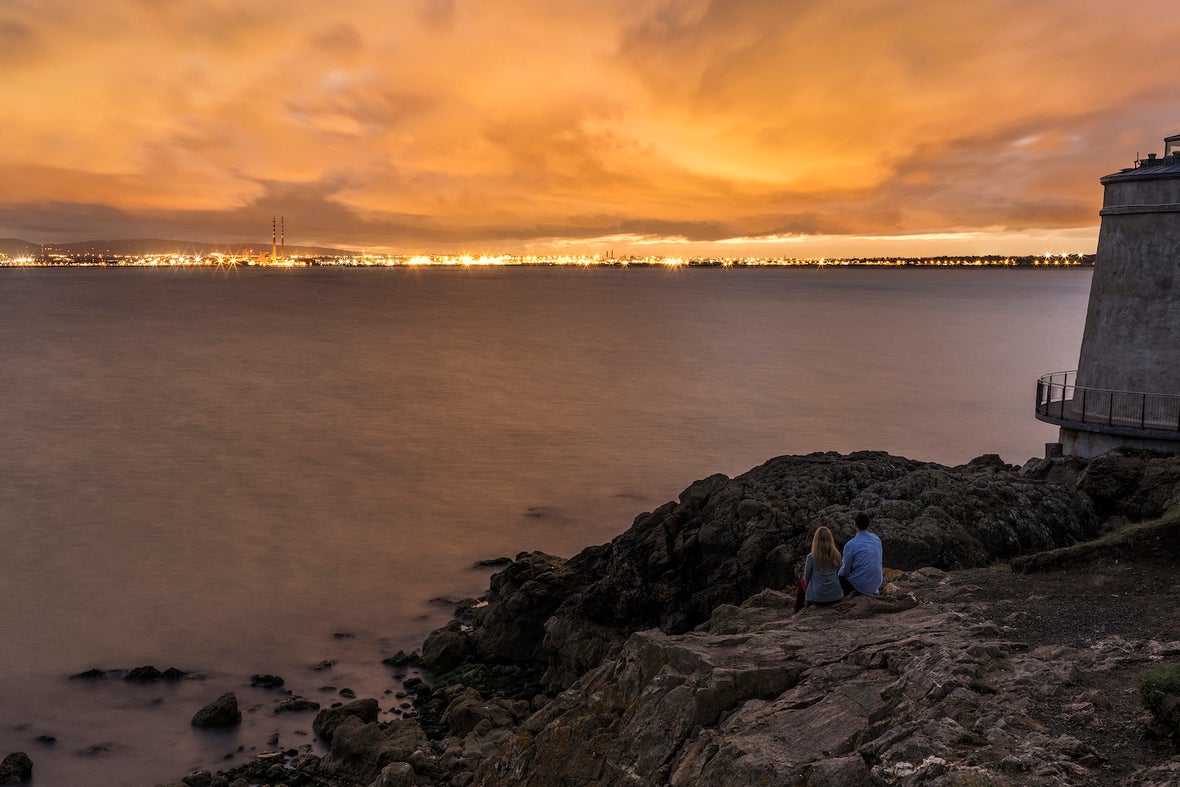
Haddington House
Once a Victorian school for girls, Haddington House is now a boutique hotel with a prime spot on the Dún Laoghaire seafront, with many of the rooms overlooking the sea. You’ll find nods to the building’s heritage throughout the hotel, from bouquets of Victorian-era flowers in the public areas to the William Morris patterns on the wallpaper and custom bedside lamps. Even the room keys have a classic feel, the thick brass keys (complete with tassels) on display behind the reception desk. If you fancy a dip in the nearby Forty Foot, each room comes with a wicker basket stocked with swim towels and a hot water bottle.
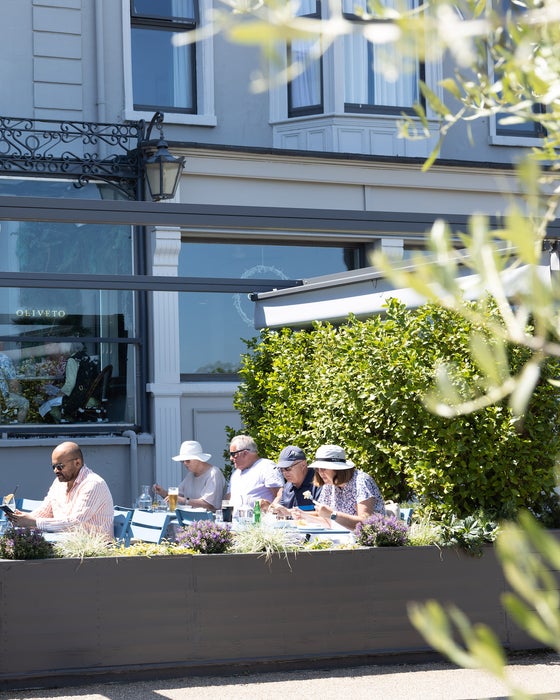
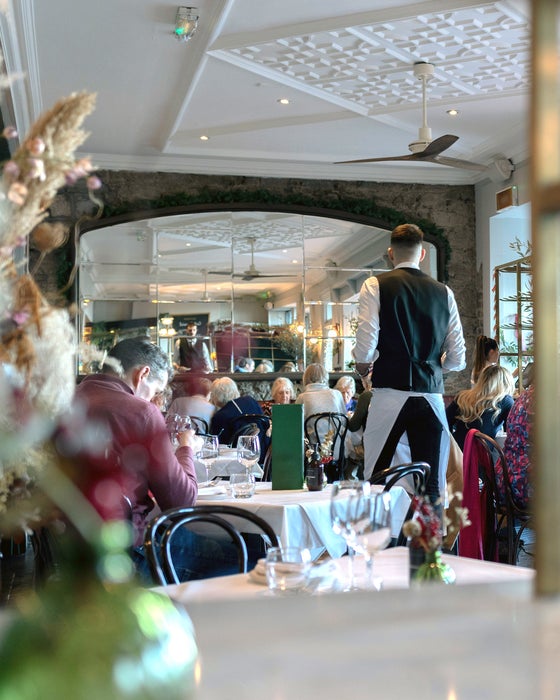
The Davenport
One of the most striking hotel buildings in the city, The Davenport was established in 1863 as Merrion Hall, a prayer house for the Plymouth Brethren Christian movement. It’s worth taking a look at the building from the other side of Merrion Street Lower to really get a sense of its scale, from the neo-classical columns on the façade to the balustrade at the top. You can get a better view of this tower from inside the lobby, if you stand beneath the unusually-shaped atrium, now decorated with a huge Swarovski crystal piece that dangles from the ceiling. There’s an art deco feel to the 1863 Lounge, with modular marble tables and retro lighting, while the bedrooms have a more contemporary style, with cashmere throws on the beds and rainforest showers in the bathrooms.
The Wilder
Built as a home for ‘aged governesses and unmarried females,’ The Wilder is a classic Victorian townhouse that has also served as an asylum for ‘bewildered women’ (to quote the deeds) as well as a retirement facility for nuns. Step inside and you’ll uncover its current identity as a quirky hotel, with brass dog statues in the common areas and cheeky artwork in the bathrooms. You can soak up the Victorian vibes with a cup of tea in the Garden Room, or take a charcuterie board and a G&T out to the terrace on a sunny day, where you can make the most of the redbrick façade. The rooms vary in size and feature rainforest showers, bespoke carpets and Matthew Williamson fabrics. Fittingly, the suites are all named after famous 19th century governesses, including Lady Audley (from Lady Audley’s Secret), Dickensian Miss Sharp and Miss Wade, a friend of Jane Austen’s.
The Hendrick
Smithfield is a bit of a hotspot for street art, but you won’t just find it splashed on the neighbourhood walls and alleyways. In The Hendrick, there’s a huge collection of urban and graffiti-style ‘street art’ on display, with pieces from renowned Irish artists like Maser, James Kirwan and Conor Harrington. The collection spans all the levels of the hotel, so you can do a self-guided tour that starts in the lobby and ends up on the fifth floor.
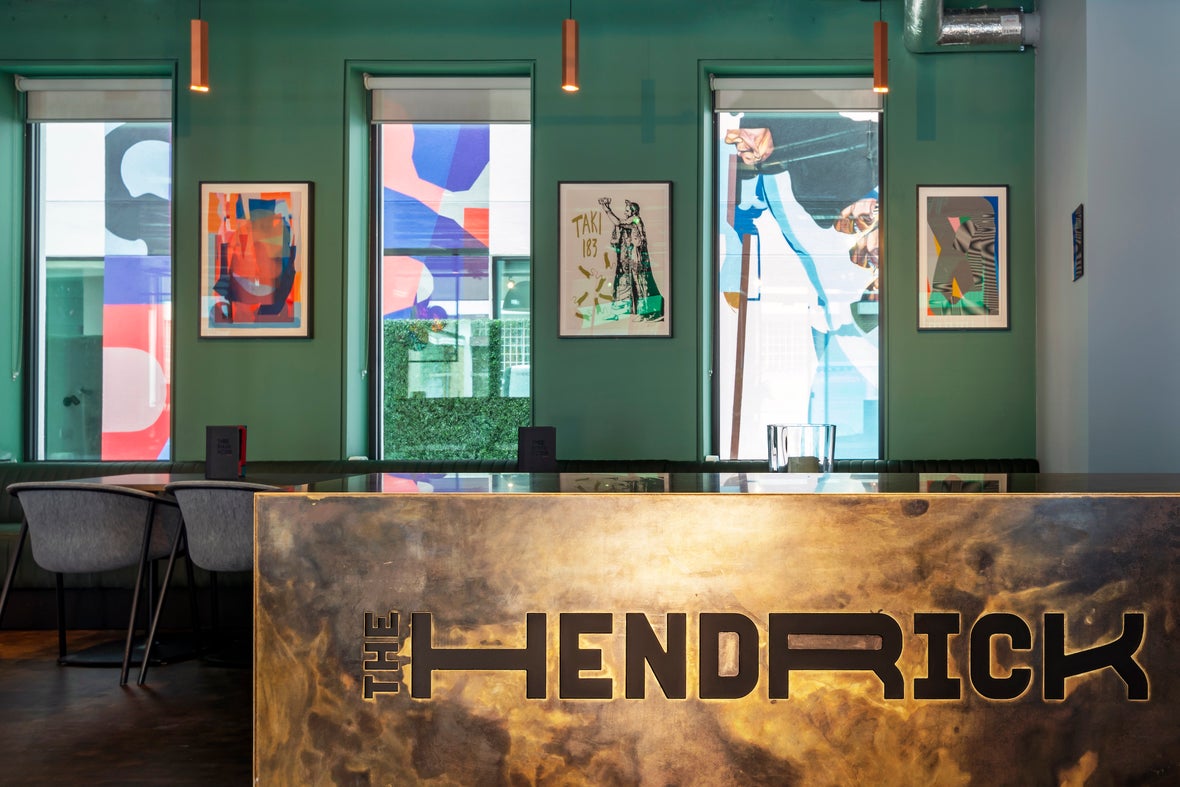
Unique things to do
Want to explore some uniquely Dublin experiences? Discover the most unusual things to do in Dublin.